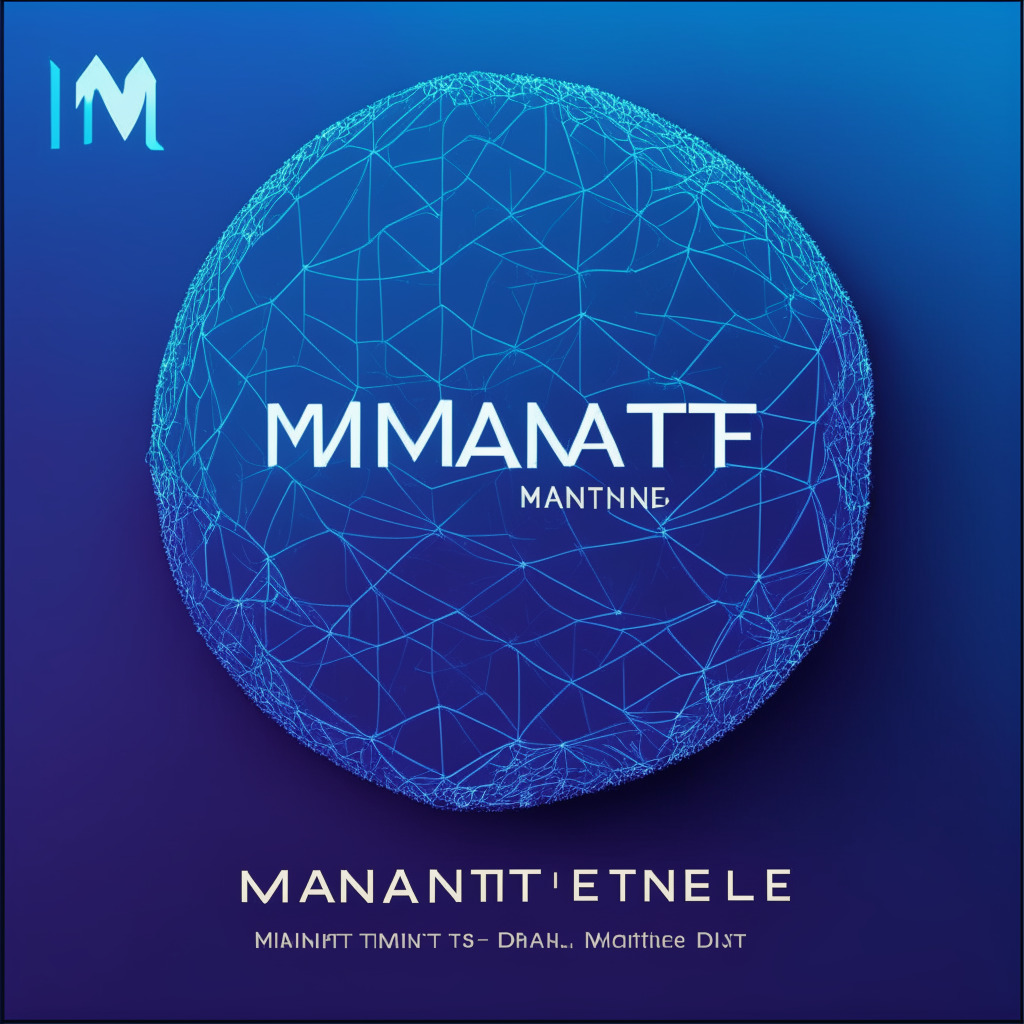Term Finance, a name gaining traction in the decentralized finance (DeFi) realm, offers short-term, fixed-interest rate loans as part of its repertoire. It’s an innovation built on the Ethereum mainnet, designed to navigate the somewhat unpredictable landscape of variable-rate crypto loans. The volatility often sparks during digital currency’s recurrent liquidity events, giving platform users a break from the dance of uncertainty.
The model adopted by Term Finance is ingenious. Implementing a weekly auction model, neither borrowers nor lenders will ever venture beyond their defined interest-rate boundaries. Borrowers will have the assurance of never exceeding their maximum determined interest rate, while lenders get the protection of not lending beneath their set minimum rate.
But why the need for such a protocol? The reason, says Dion Chu, CEO of Term Labs, lies in bridging the gap between centralized crypto lenders and providing an alternative to variable-rate borrowing. Centralized finance, for instance, suffered notable setbacks last year due to a series of high-profile implosions.
In stark contrast, the DeFi sector proved resilient, its leader board bearing names like Aave and Compound. Chu likens these to DeFi banks, indispensable entities overseeing the critical aspects of DeFi. While term finance seeks to act as a backbone for short-term, fixed-rate liquidity, Aave and Compound hold court as the digital equivalent of conventional banking institutions.
Another novelty attached to Term Finance, which raised a cool $2.5 million in a February seed round, is the introduction of auction methodology into the DeFi tapestry. It deviates from the automated market makers (AMM) norm, running weekly auctions that offer certainty for both borrowers and lenders.
“We are batching liquidity,” says Chu. “An AMM offers continuous and ongoing liquidity, taking time to find its equilibrium while possessing some gaming aspects. However, batching liquidity is beneficial for emergent markets, and the concept isn’t new. The New York Stock Exchange, for instance, began as a daily auction; it wasn’t the continuous market we recognise today.”
While this emerging technology raises numerous questions and presents some drawbacks like the gaming aspect in AMM, it also brings potential benefits such as liquidity batching and fixed-interest rate loans to counterbalance its prospects. As we stand on the cusp of a heavily centralized world pondering the transition into the DeFi era, innovations like Term Finance remind us that the future is indeed here.
Source: Coindesk




